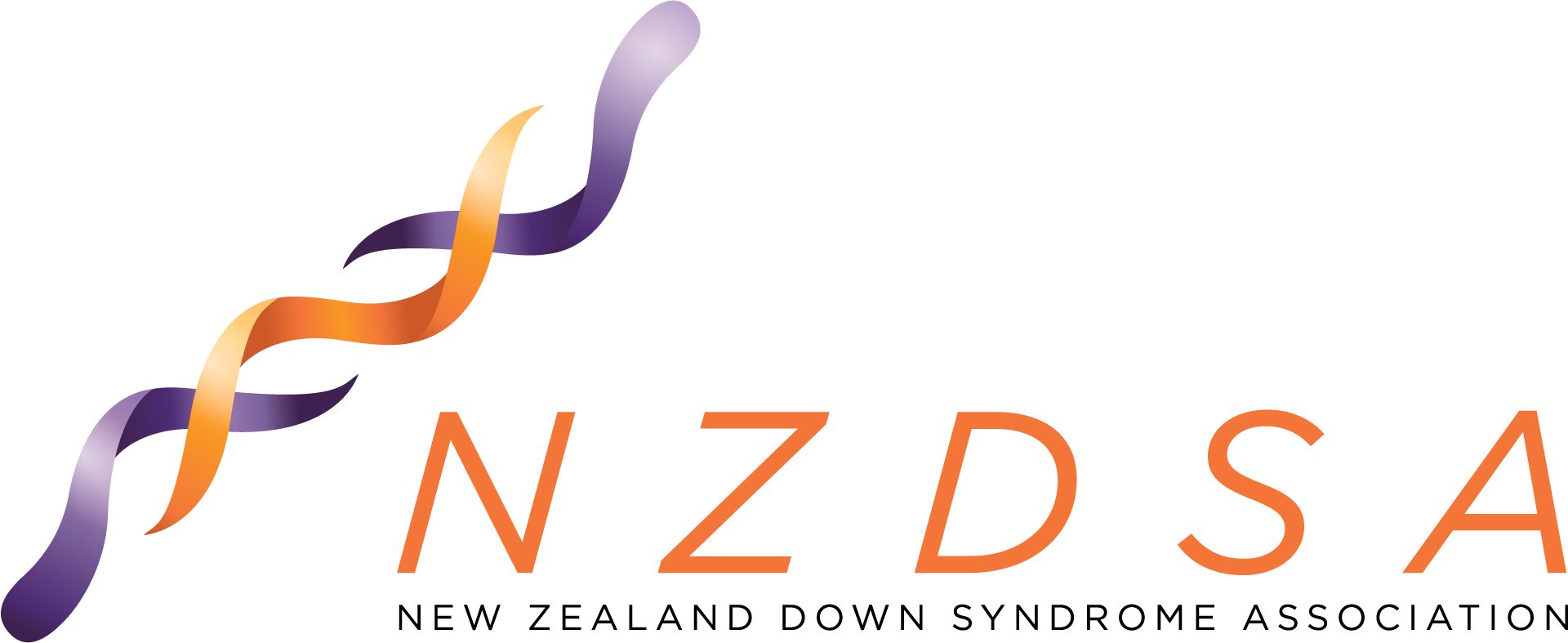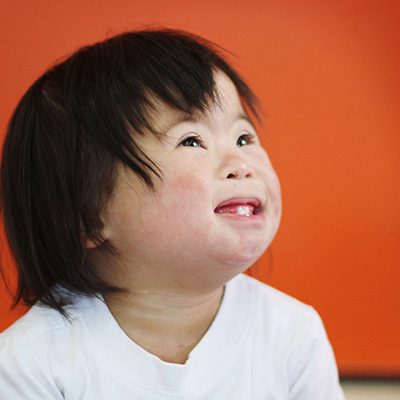What is Down syndrome?
Down syndrome is a life-long genetic condition that causes delays in learning and development and may result in other medical conditionsWhat is Down syndrome?
Down syndrome is a life-long condition that may cause delays in learning and development.
- Down syndrome cannot be cured but with early intervention and the right support networks, people with Down syndrome can flourish.
- Most people have 23 pairs of chromosomes which make up our DNA. Down syndrome occurs when a person’s cells contain three copies of the 21st chromosome pair instead of two.
- Down syndrome is never anyone’s fault: it just happens.
- It has never been linked with foods, actions or pollution and it occurs in all ethnicities, cultures, economic backgrounds, and religions.
- In New Zealand, approximately one baby in one thousand is born with Down syndrome. That’s about one baby born each week.
The features of Down syndrome
It is important to remember that:
- Each person with Down syndrome is unique with different features;
- While Down syndrome typically causes some identifiable facial features, people with Down syndrome are also just as likely to resemble the rest of their family as anyone else would, and inherit features like hair and eye colour, facial structure, and complexion
- The abilities and achievements of people with Down syndrome are not linked to their appearance.
Common features may include:
- Low muscle tone (hypotonia is the medical term) and flexible joints
- Excess skin on the back of the neck
- Almond shaped eyes
- Small ears
- A single crease across the palm of the hand/s
- A gap between the big toe and the second toe
- The nasal bone may be flatter than usual





